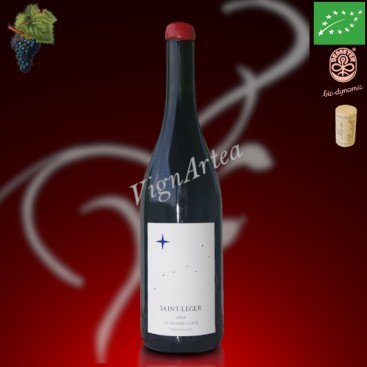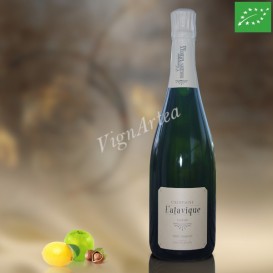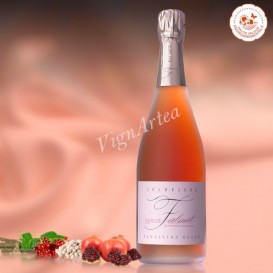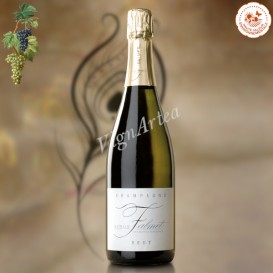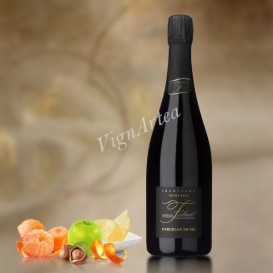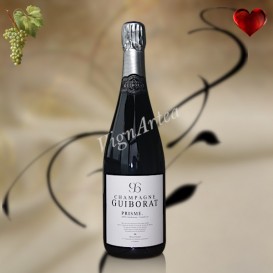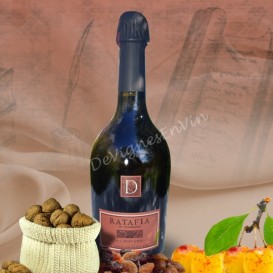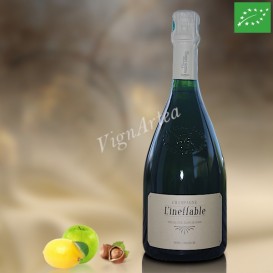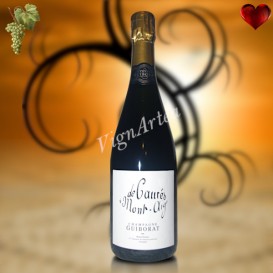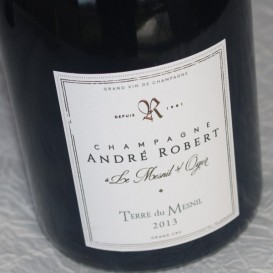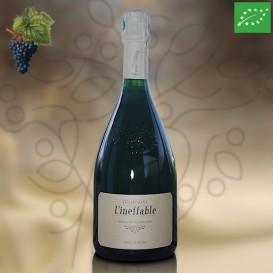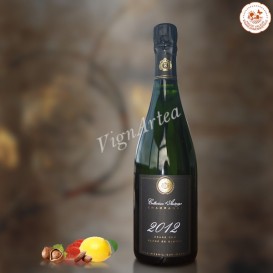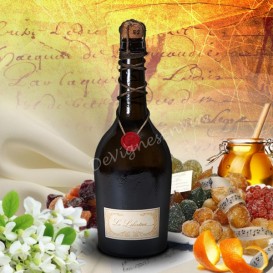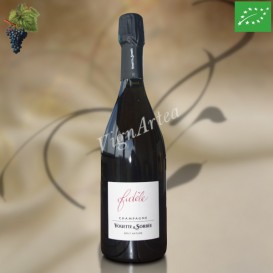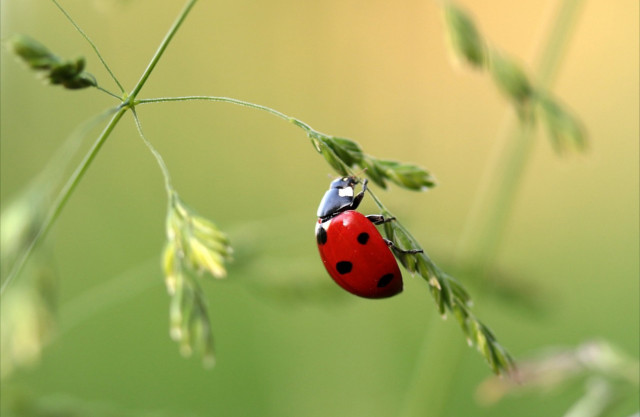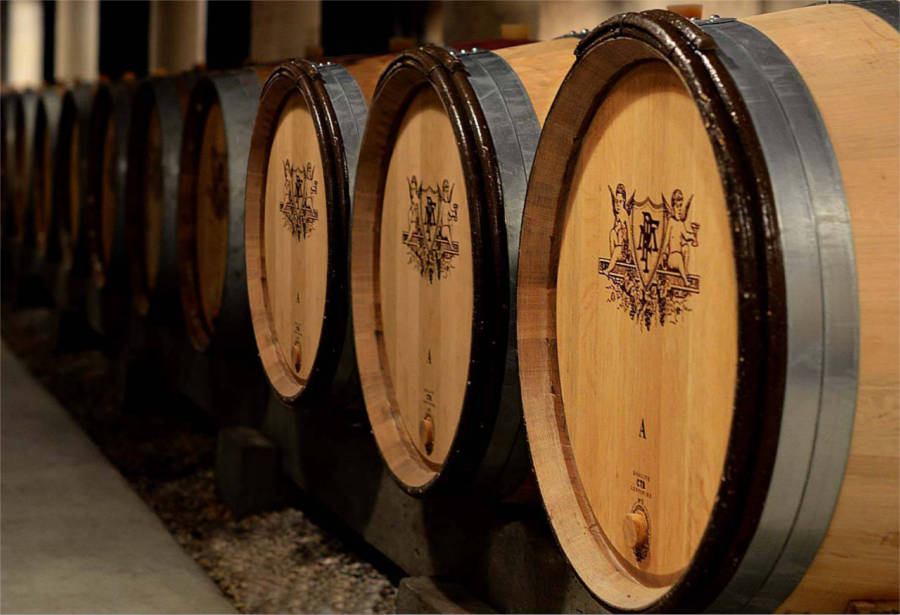SAINT-LEGER 2022 (Pascal CHALON) (anc. La Grande Ourse M)
RHÔNE - AOP CÔTES DU RHÔNE VILLAGES SUZE-LA-ROUSSE - RED WINE
Grape variety: Mourvèdre (100%)
Organic wine Natives Yeasts
Ageing of 12 months in demi-muids
Racy - Subtle - Elegant
- Nose: intense and tasty. Notes of black fruit, black pepper and a hint of coffee.
- Palate: fluid and fresh, structured by silky tannins. Persistent black fruit finish.
- Tasting date: June 2024.
- OUR OPINION: subtle on the nose, with lovely aromatic complexity, this 100% Mourvèdre is still young and needs to be lightly decanted in its youth. This is a very fine wine for gastronomy.
INFORMATION
The 2022 vintage marks the end of the LA GRANDE OURSE M cuvée, which used to be made up of a large majority of Mourvèdre and a little Grenache Noir, in favour of the brand-new SAINT-LEGER wine, a plot-based wine made entirely from Mourvèdre.
TERROIR
The Mouvedre vines that makes up the SAINT-LEGER wine are planted on the locality Sint-Leger located in the TULETTE village.
The soils are made up of ancient alluvial deposits dating from the Mindelian period (the Mindel ice age 470,000 years ago) and consist almost entirely of limestone gravel, with the occasional flint and siliceous sandstone.
WINEGROWING & WINEMAKING
Although the estate is not DEMETER certified yet (certification is planned for 2021), Pascal CHALON is already using biodynamic preparations and herbal teas to cure the plants. Its goal is to increase the plant decoctions to minimize the copper use in the vineyard because the latter saturates the soil. The wines have been certified Organic Farming since 2008.
The grapes are harvested by hand and sorted directly in the vineyard at the time of picking. The winemaking is done with very moderate use of SO2 during the different stages.
The grapes are destemmed before being crushed and then put into vats for a maceration of about 3 weeks. The marc cap formed on the surface is regularly broken up by punching down and reincorporated into the must by pumping over, an action carried out every day which consists of removing the juice from the vat's bottom and pouring it back onto the cap that floats to the vat's top.
During the maceration phase, the alcoholic fermentation is triggered by the action of native yeasts. Once the latter is complete, the must is racked (free-run juice) and the marc is pressed (press juice). The free-run juice and the press juice are blended in the vat where the malolactic fermentation is completed.
The musts are then racked into demi-muids for a 12-month ageing period.
At the end of the ageing process, the musts of both grape varieties are blended, then filtered before bottling. No fining is done
| Country | Rhône Valley |
| Color | Red |
| Orange wines | No |
| Clay amphorae wines | No |
| Type | Dry |
| Vintage | 202é |
| Capacity | 75 cl |
| Single Grape Variety | Mourvèdre |
| Alcohol rate | 14 % |
| Quality Designation | Vin de France |
| Cellar Potential | 10 years |
| Service advise | 176°C. Decant 1hr before the service. |
| Culture Methods | Certified Organic Agriculture |
| Total SO2 | 23 mg/l |
| Fining | No |
| Filtering | Yes |
| Comments | Total destemming. Maceration of 3 weeks. Native yeasts. Ageing for 12 months demi-muid. Few sulphits addition, filtering, no fining. |

